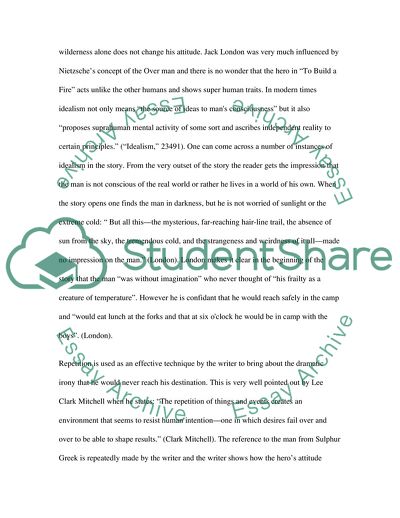Cite this document
(Jack London as an Idealist Writer Book Report/Review, n.d.)
Jack London as an Idealist Writer Book Report/Review. https://studentshare.org/literature/1714358-analyzing-to-build-a-fire-by-jack-london
Jack London as an Idealist Writer Book Report/Review. https://studentshare.org/literature/1714358-analyzing-to-build-a-fire-by-jack-london
(Jack London As an Idealist Writer Book Report/Review)
Jack London As an Idealist Writer Book Report/Review. https://studentshare.org/literature/1714358-analyzing-to-build-a-fire-by-jack-london.
Jack London As an Idealist Writer Book Report/Review. https://studentshare.org/literature/1714358-analyzing-to-build-a-fire-by-jack-london.
“Jack London As an Idealist Writer Book Report/Review”. https://studentshare.org/literature/1714358-analyzing-to-build-a-fire-by-jack-london.


